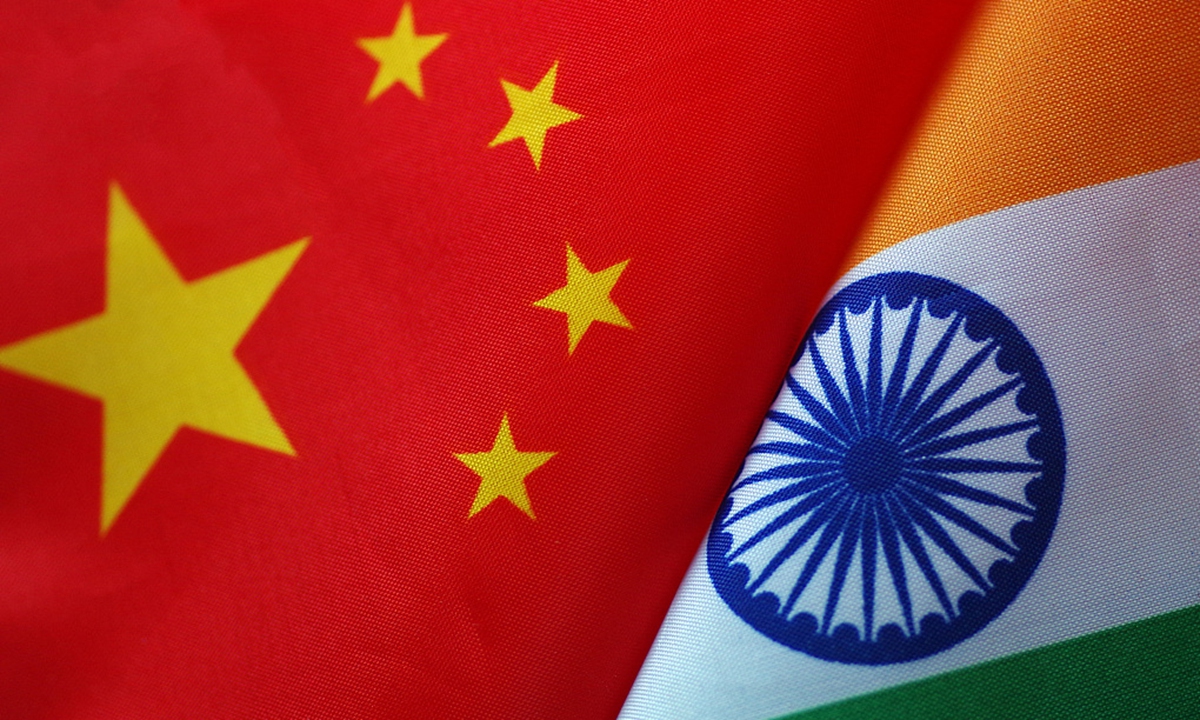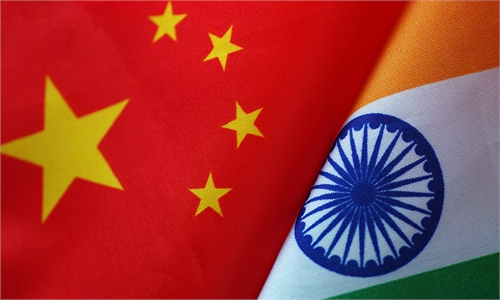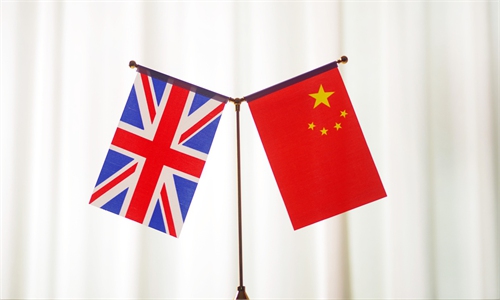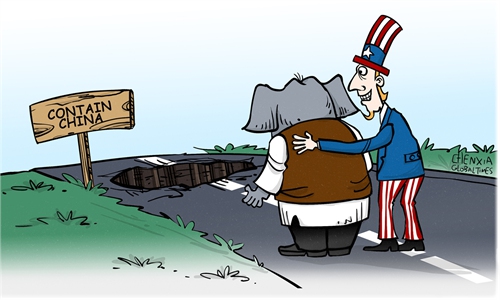New developments in China-India relations require sustained nurturing and consolidation: Global Times editorial

Photo: VCG
Following the recent resolutions reached between China and India on issues concerning the border area, Indian media outlets reported that both sides will complete disengagement at two points in so-called Eastern Ladakh from Monday to Tuesday. This has drawn significant attention from the international community, highlighting its important practical implications for bringing bilateral relations back to the track of stable development at an early date, and undoubtedly injecting new positive factors into maintaining regional and world stability.
In June 2020, clashes broke out in the Galwan Valley, which was a culmination of long-standing issues and new conflicts between China and India, and closely linked to profound changes in the international and regional landscape, which complicated the border situation and severely damaged political trust, public opinion, and the popular support for both nations. Over the past four years, the two countries and their militaries have engaged in dozens of rounds of consultations to stabilize the border situation, continuously narrowing differences, expanding consensus, and consolidating the results of negotiations. They have gradually reached the current stage, which is both hard-earned and a natural progression.
This reflects a shared understanding between China and India regarding the need for stability and development in bilateral relationship, showcasing both countries' commitment to resolving differences through peaceful consultation. It has set up a positive image of rationality, restraint and patience between the two neighboring major countries in resolving border issues through pragmatic negotiations and consultations in this turbulent world. This progress not only helps to break the long-standing stalemate in China-India bilateral relations, laying a foundation for the normalization of cooperation across various fields, but also effectively responds to the earnest hopes of the international community for stable development in China-India relations.
There is reason to believe that both China and India will cherish the valuable solutions, which have gone through four years of twists and turns. The previously well-functioning Special Representatives mechanism on the China-India boundary question will continue to play its role and serve as an important channel for communication on strategic matters between the two nations. Several Indian media outlets have expressed positive expectations, hoping for cooperation between China and India in areas such as direct passenger flights, electronics manufacturing, pharmaceuticals, electric vehicles, investment, high-level diplomatic interactions, and on the international stage. They also noted that "India's national interest demands better China ties."
Certainly, there are cautious voices in public opinion suggesting that the developments are just "a first step." This reminds us that while the deadlock has been broken and a return to normalcy is anticipated, bridging gaps and rebuilding trust will take time and patience. The turbulent and interwoven world not only exerts an important impact on China-India relations that goes beyond the bilateral scope, but also adds more external uncertainties to the stable development of China-India relations. It calls for greater wisdom for both sides in solving problems.
To reduce future fluctuations in China-India relations and minimize geopolitical disruptions from third parties with hidden malicious intent, both sides should respect and adhere to the series of border agreements, protocols, and treaties previously and recently established. China and India should summary effective practices and experiences in past conflict management, further clarify the requirements and guidelines for handling border emergencies, and define the scope and mechanisms of cooperation in border areas. This will help sustain a suitable atmosphere for improving and developing bilateral relations until the issues are resolved fairly and reasonably. The current resolutions must not be viewed as mere "tactical de-escalation" for expedience, a bargaining chip with third parties, or leaving room for "unilateral interpretation" in the future, as this could lead to new strategic misjudgments.
At the same time, the experiences and lessons from the past fluctuations in China-India relations should serve as a new foundation for both sides to understand each other accurately within the current domestic and international contexts. China-India relations have never been one-dimensional, nor are they bound by a "dragon vs elephant" rivalry narrative. The border issue is not the entirety of the bilateral relationship, and mutually beneficial cooperation aligns with the shared interests of both countries.
In terms of the pursuit of modernization, China and India can and should be supportive partners. India's "strategic opportunity period" is most likely to arise from Asian solidarity and the collective progress of the "Global South," rather than from an assumption of "weakening or replacing China."
As a mixed carrier of many factors, the border issue can stir up the sensitive nerves of the two societies. Hopefully both sides will make good use of the opportunities provided by the current solution, continue to implement the consensus reached at various levels, and work toward a new normal in the border situation, advancing the normalization of bilateral relations. Only in this way can we be responsible for the well-being of our two peoples, as well as for the stability and development of the world.



